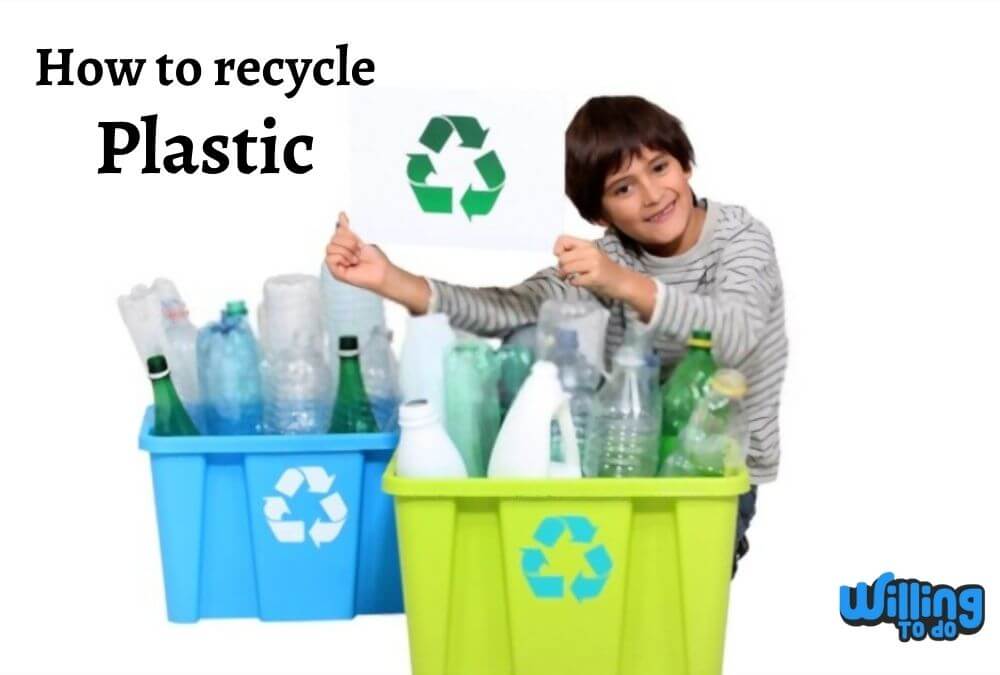Plastics are synthetic organic polymers that come from petrochemicals. Due to their physicochemical properties, these are almost non-biodegradable and their complete recycling is impossible. But recycling can be done to some extent. Now a question may raise here that how to recycle plastic at the mass level. So, this guide will help you a lot in this regard.
Recycling plastic is now inevitable because plastic causes litter in any form, soda bottles, disposable crockery, plastic grocery bags, and many other things. When they are disposed of in non-environmental friendly ways they cause environmental pollution. Consequently, overextended landfills, polluted oceans, and ecological damage is seen anywhere.
So, one solution is that they have to be disposed of properly, and the other most useful solution is recycling. Here I’m going to discuss how to recycle plastic. Let us shed light on this…
What is recycling?
Recycling is simply the way of molding the waste and raw items into new and useful products to recover energy. A series of steps are involved in the process of recycling. But it only happens if the object to be recycled has the ability to acquire a recycling process. At times, some things are degraded or decomposed to such an extent that cannot be recovered again. In such conditions, recycling becomes impossible.
Which forms of plastic can be recycled?
Do you think that all plastic’ modes can be recycled? The answer is No! But the most forms of plastics are recyclable. So, firstly, we have to figure out those and then move forward to know how to recycle plastic. Let see, which are those forms…
The Society of the Plastic Industry (SPI) established a classification system in 1988. Now it is known as SPI code. According to this system, special codes are assigned to the plastics as per their types and recyclability. Catch sight of these in the given table…
| SPI Codes | Polymeric Name
(Abbreviations) |
Major Use(s) | Recycled to make |
| 1 | Polyethylene terephthalate (PETE/PET) | Beverage bottles, Fiberfill in winter clothing, Medicine jars, Rope | Auto parts, Carpets, Life jackets, Storage Containers |
| 2 | High-density polyethylene (HDPE) | Detergent containers, Grocery bags, Toys | Lumber fencing |
| 3 | Polyvinyl chloride (PVC) | Ducts, Pipes for plumbing purposes, Window frames | Flooring |
| 4 | Low-density polyethylene (LDPE) | Frozen food bags, Squeezable bottles | Lumber and Garbage canes |
| 5 | Polypropylene (PP) | Bottle caps, Disposable utensils like cups and plates, Kitchenware | Battery cables |
| 6 | Polystyrene or Styrofoam (PS) | Plastic cutlery, plastic foam | Insulations |
| 7 | Miscellaneous plastics (Polycarbonate, styrene, nylon, etc…) | Multipurpose uses depending upon the type | Plastic lumber – often used in outdoor decks and park benches |
How to recycle plastic at the mass level
Plastics are one of the leading waste products that are recycled at the mass level. The reason behind this, plastic is the most useful synthetic polymer in the world that can mold in a large number of objects. And the more its use, the more its waste will be produced. So, to make its waste for productive usage, its recycling is done. But now the point to ponder is that how to recycle plastic at the mass level.
To understand how recycling applies to other materials, you can also explore how to dispose of old gasoline properly—a common household issue with environmental impact.
Remember the points before recycling plastic
As you want to know how to recycle plastic, so you must keep in mind some core points before recycling any sort of plastic item.
- Plastics should be clean and can be cleaned vigorously. This means if any sauce or cheese residues remain in the pizza or any snack box, then that can’t be recycled. And it must be disposed of.
- Moreover, if any sticky item is bound with plastics that deformed the object, it can’t move to recycle.
- In the same way, any teary form of plastic is difficult to recycle.
Types of recycling
Before moving to determine how to recycle plastic, it’s very important to understand the types of recycling too. So, there are generally two forms of recycling plastic. That results in the best products. These are mechanical and chemical recycling processes.
Mechanical Recycling
Mechanical recycling has simply involved some steps. Through which plastics are washed, shredded, and melted, and then, molded to create new products.
Chemical Recycling
In the chemical process of recycling, the large plastic polymers are broken down into their monomers. And then manufacture them into new polymers to make them for reuse again into various forms.
The Process of Recycling Plastic by mechanical means
The first thing is that recycling plastic is a laborious task. Although it is a time-taking process, is not as strenuous as its manufacturing. If you have to know how to recycle plastic, then tight the waist to go through the process of recycling from top to bottom. Because it’s not as simple as it seems. Now, see the steps that are mainly involved in the recycling process of plastic.
#1 Purchasing /Collecting raw material
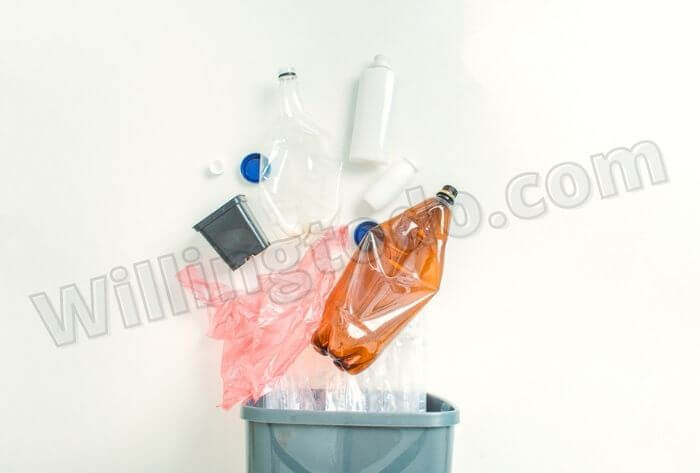
As we move forward regarding how to recycle plastic, so initially, we have to collect raw material of plastic. It’s not s so hard but somewhat exhausting. It may get from different areas as;
Purchase plastic from the scrapyard,
Collect from homes as domestic waste,
Get from marketplace and restaurants,
Collect from factories and industrial zones,
Gather plastic from public places, like parks, playgrounds, etc…
All the well-organized states reside public bins in various public areas, where people put trash in that. Volunteers or employees at public or private sectors collect waste from the public trash bins and take them to the collecting yards where the further process of recycling proceeds.
#2 Segregate all the raw plastic items
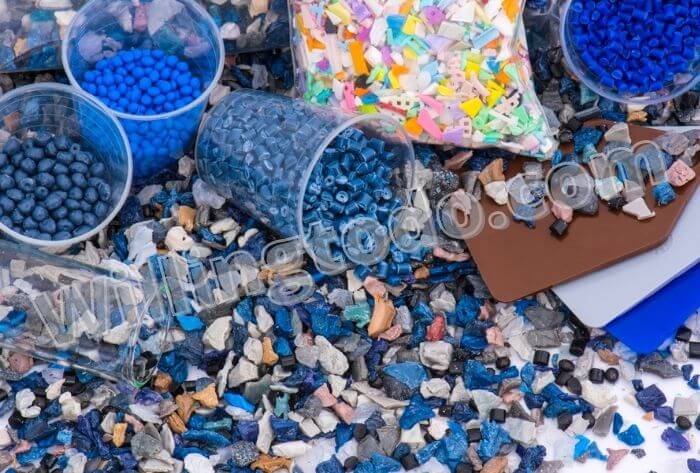
When it collects enough raw material depending upon the requirement about how and which products have to be formed, the next step is to separate all plastic items. That’s another interesting step to understand how to recycle plastic.
Usually, plastics are of different colors, sizes, thicknesses, and uses. So, it can be segregated on these parameters. Moreover, the composition of plastics as their resin compound considers also. Thus, separate all the mesh to move on for further process.
#3 Wash to pull out the filth
After the separation of all the plastic raw material, the very next step is washing. It is so important to step because washing removes all the filth and impurities from plastic. If any dirt or resin’ particles are left on the plastic, it creates contamination. That will lead to hurdles while recycling.
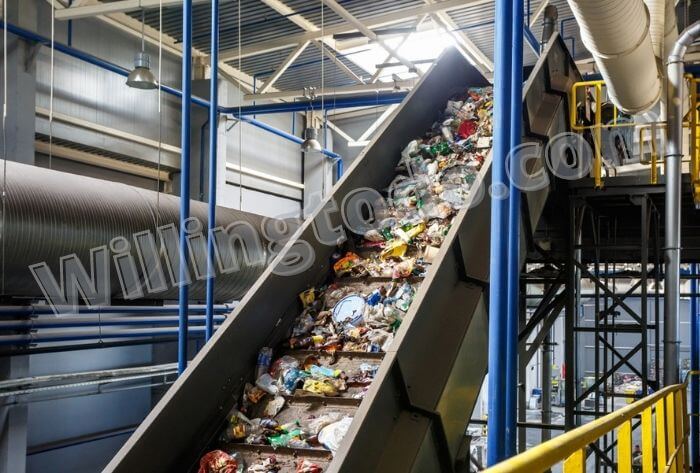
New products fail to manufacture until you achieve the proper guidance for how to recycle plastic. The more contaminating agents attached to the plastic, the more difficult it is to mold it into a new form via recycling. Thus, give a thorough wash to all the raw materials, so that, all the chemicals and impurities may get rid away.
For washing, plastics move to the washing plant or the bot, where they wash well. All the chemicals and additional glue or any sticky substance must be removed. Resultantly, the clean and pristine plastic we get.
#4 Drying of the washed plastics
When washing is completed, then all the plastic is passed to the dryer, where drying is carried out. This step helps to make the scrap or plastic waste moist-free. Various forms of drying techniques may apply to the drying process. Such as dehumidifying dryers, rotary wheel dryers, low-pressure dryers or vacuum dryers, compressed air dryers, or hot air dryers.
Although, most of the plastics look dry but not all. Like, many hygroscopic materials – Nylon, PET, Polycarbonate, etc… They are known for having a moist appearance and having humid texture. So, while moving for how to recycle plastic, these scraps need to be dried.
#5 Crushing and Resizing of dried plastic items
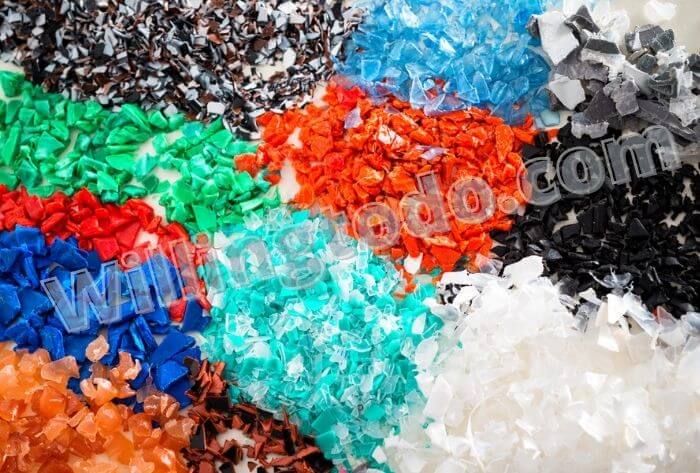
Now washed plastic is taken to the next step. That’s crushing or shredding. It is so essential part of the whole process to determine how to recycle plastic. For this, all the raw materials are passed to the conveyer belt, and then move to the cutter, where they are crushed into pieces.
Crushing or shredding is the primary process of recycling. Moreover, resizing further assists in identifying the nature of plastic elements. Because the reduced size of anything makes it easy to reshape in another form. So, all the scraps are chopping down and resizing well to move for further proceeding.
#6 Identifying the quality of plastics
After crushing and resizing, plastics pass next through the identification process. It helps a lot to analyze how to recycle plastic by separating it as per its quality. That can determine by the following physical parameters.
Color
It is one of the most facile ways to identify anything. So, in the case of the recycling process of plastic, identifying its color is too important for passing them to further manufacturing processes. And there is no rocket science involved in this.
Density
To know how to recycle plastic, you have to check its density. For this, plastics may undergo with water. If they sink at the bottom in the water, then their density is low. And if they float over the surface of the water, then they are dense more.
Thickness
For knowing about the thickness of plastic elements, they have to move for air treatment. If they settle down in the wind tunnel, they are less thickened. And if they move in the upper level or float on the surface in the wind tunnel, they assume have more thickness.
Melting points
It‘s another but important parameter to identify the quality of plastics. The reason behind that, some plastics can melt at low temperatures as per their composition. So, their further processing somewhat varies from having high melting points.
#7 Extrusion /Pelletization of plastics
It is almost the final step in the context of how to recycle plastic. When plastic wastes or scraps pass out all of the above strides, then finally they move for compounding or extrusion. This is the most crucial point in the recycling process.
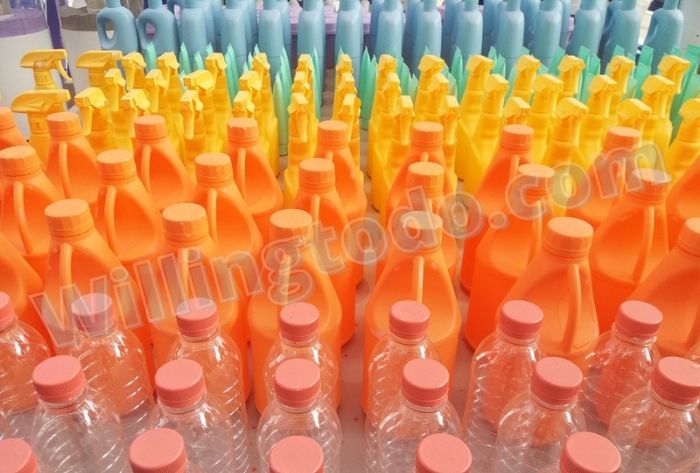
In this step, all the plastic items smash down and melt. Thus, various pellets create. These pellets specify the plastic and non-plastic products. As their name and work are showing that, it is a more time-taking and energy-consuming process. Because all the plastics melt and mold to the new products.
After this step to understand how to recycle plastic, products are manufactured at the mass level as per their demand. And the whole process is done at an industrial scale, where the recycling of plastic proceeds and enables it to reuse.
Merits & demerits of Recycling Plastic
Where you learn about how to recycle plastic, there you must know about the bright and dark sides of the said process. There are so many positive aspects of recycling plastic. However, some drawbacks associated with it as well.
Merits
- Knock off pollution across the ecosystem
- Secures fast-depleting landfill space
- Less energy required
- Considered environmental friendly
- Help to conserve natural resources
- Ease the demand on fossil fuel consumption
- Promotes a sustainable lifestyle
Demerits
- Not always as cost-effective
- High-up front cost
- Downgrades the quality
- Needs more global buy-in
- Recycling sites – usually unsafe
FAQs:
Which plastics cannot be recycled?
Numerous plastic items can’t be recycled. Like; plastic bags, coffee cups, disposable diapers or nappies, garden trash, syringes, etc… Apart from these, huge forms can be recycled but the most crucial point is that how to recycle plastic.
How much cost is used to recycle plastic?
According to the U.S Environmental Protection Agency’s Office of Solid Waste, around $50 to $150 + per ton are used for properly managing the recycling programs.



